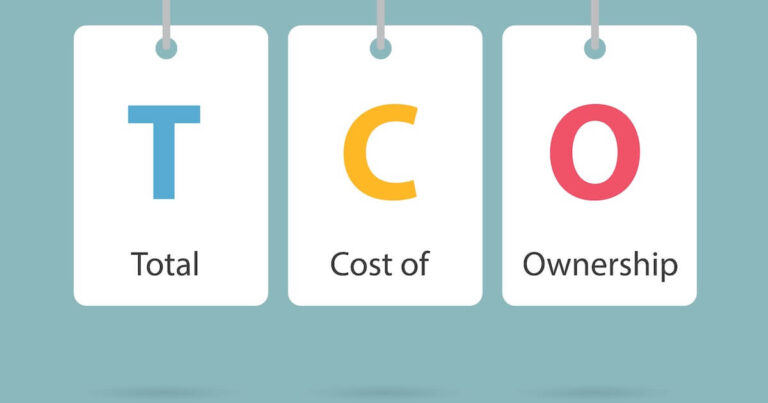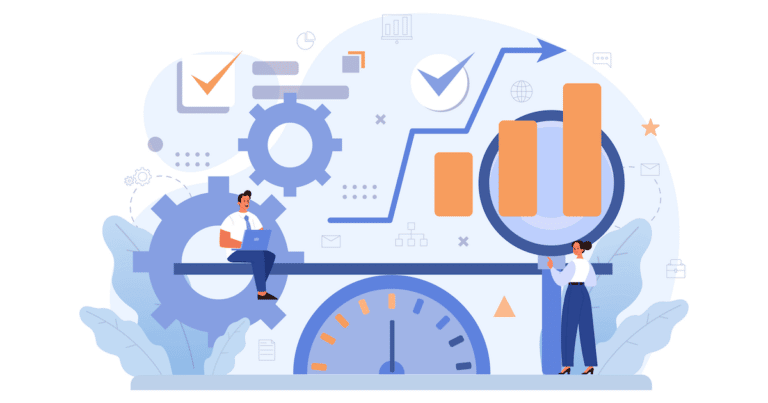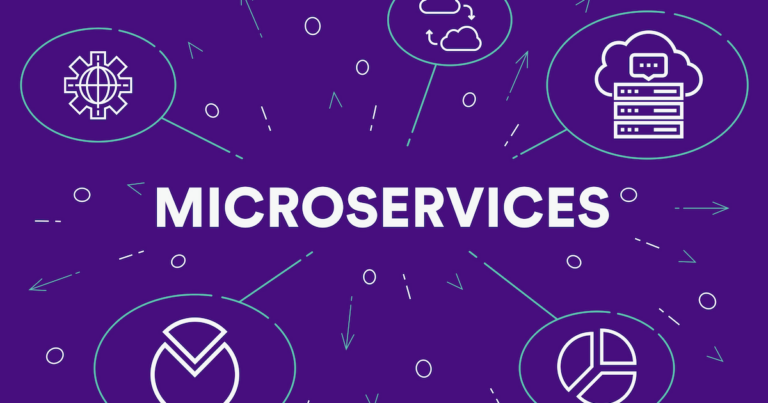Tag: Cost Optimization
DevOps as a Service

Cloud Financial Management And Optimization: An Overview
More than ever, today’s companies in every industry deliver value to their customers with technology. DevOps has allowed companies to accelerate technology delivery to meet customer demand using the cloud. But this shift has put purchasing power in the hands of developers in ways that have broken traditional procurement. Engineers…
Learn MoreCloud Enablement

Cloud Total Cost Of Ownership: How Is It Calculated?
Cloud TCO calculates all costs and benefits of building and moving applications to cloud platforms. It helps CIOs, CTOs, and IT leaders weigh the costs of adopting cloud solutions over on-premises deployments, whether it’s an excellent move for the company and whether the cloud benefits meet its promises. TCO is…
Learn MoreCloud Enablement

Why Should You Tag All Your Cloud Resources?
The rapid adoption of public cloud services requires companies of all sizes to define their cloud governance needs. Although it is easy to get into the cloud, power up virtual machines (VMs), arrange storage, and run applications or other workloads, companies are faced with the problem of not being able…
Learn MoreCloud Enablement

AWS Cost Optimization: Choosing Between Savings Plans Vs. Reserved Instances
Every hour your team uses fewer cloud resources than the contracted amount is an hour of lost value. And if you do it carefully and end up under-commitment, you’ll pay for the resources your team needs in the highest AWS price tier. Luckily, AWS recognized this pain point and offered cost-saving…
Learn MoreCloud Enablement

How Successive Optimize Cloud Bill For A Client
During the early days of cloud computing adoption, companies and developers were attracted to the public cloud’s flexibility and scalability of spinning up a new computing instance in less than two minutes versus – waiting several weeks to deliver a server. Companies leveraged substantial cost savings and reduced time to…
Learn MoreCloud Native

Why Migrate To Microservices & Kubernetes?
New startups and enterprises that had realized the direction of the technology long ago developed their applications for the cloud. Not all companies were so lucky, especially those running and operating businesses late over decades. However, they built their success decades ago on top of legacy technologies – monolithic applications…
Learn More